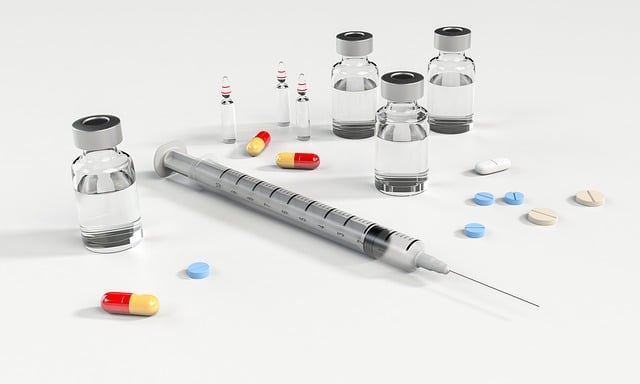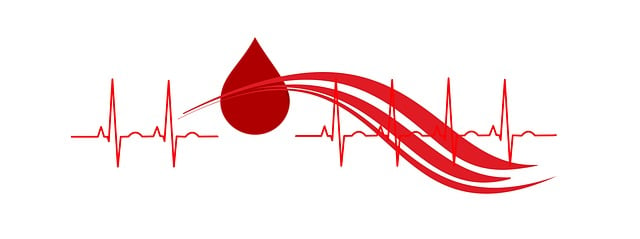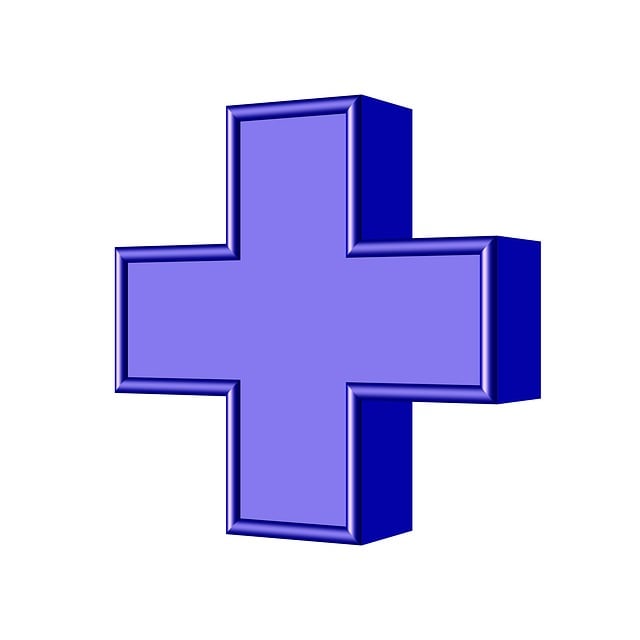In South Africa, Medical Aid offers comprehensive healthcare funding with a focus on long-term savings for individuals or employers, covering curative & preventative care through a network. It has various fund types and is often tied to employment. Health Insurance, on the other hand, provides financial protection by reimbursing eligible medical expenses post-treatment, with individual plans catering to different budgets. While Medical Aid offers direct access to healthcare providers, Health Insurance gives flexibility in choosing providers. Eligibility, enrollment, cost analysis, and coverage differences are key factors when comparing Medical Aid vs Health Insurance, tailored to diverse healthcare needs and budgets.
In South Africa, understanding the distinction between medical aid and health insurance is crucial for effective healthcare planning. This article delves into these two distinct yet related financial safety nets, offering a comprehensive overview of each. We explore ‘Understanding Medical Aid’ and guide you through ‘Health Insurance in South Africa’. By examining key differences, eligibility criteria, and cost comparisons, this piece empowers readers to make informed choices between medical aid and health insurance options available in the country.
- Understanding Medical Aid: A Comprehensive Overview
- Health Insurance in South Africa: What You Need to Know
- Key Differences Between Medical Aid and Health Insurance
- Eligibility and Enrollment Processes Compared
- Cost Analysis: Medical Aid vs Health Insurance in SA
Understanding Medical Aid: A Comprehensive Overview

Medical Aid in South Africa is a form of healthcare funding designed to cover a wide range of medical expenses. It’s essentially a long-term savings plan that individuals or employers contribute to, ensuring access to quality healthcare services. Members benefit from a network of hospitals and doctors, with plans varying in terms of benefits and contributions. Medical Aid stands out from health insurance by offering comprehensive coverage for both curative and preventative care, including routine check-ups, hospital stays, and specialised treatments.
Unlike health insurance, which primarily focuses on insuring against specific risks or conditions, Medical Aid provides a more holistic approach to healthcare. It encourages regular medical check-ups, promotes wellness, and covers a broader spectrum of services. The system is structured around different fund types, including traditional funds, preferred provider networks (PPNs), and consolidated funds, each with its own rules and benefits. Understanding these nuances is crucial when comparing Medical Aid to health insurance in South Africa, as it impacts the type of care and financial responsibility associated with each option.
Health Insurance in South Africa: What You Need to Know

Health insurance in South Africa is a crucial aspect of managing one’s well-being, offering financial protection and access to medical care. It’s important to understand the differences between health insurance and medical aid, as both play distinct roles in the country’s healthcare system. While medical aid is often tied to employment and provides comprehensive coverage for various medical expenses, health insurance operates as a standalone product, focusing on specific needs like hospitalisation, surgery, and chronic conditions.
In South Africa, health insurance policies typically cover in-patient treatment, surgeries, and certain outpatient procedures. They may also include benefits such as chronic disease management, mental health support, and access to private healthcare facilities. Policyholders usually pay monthly premiums and can choose from various plans catering to different needs and budgets. Understanding these offerings is essential when navigating the medical aid vs health insurance debate, ensuring individuals make informed choices for their healthcare security.
Key Differences Between Medical Aid and Health Insurance

When it comes to understanding medical aid vs health insurance in South Africa, knowing the key differences is essential for making informed decisions about your healthcare coverage. While both terms may seem similar, they serve distinct purposes and offer unique benefits. Medical aid is a form of private healthcare funding that provides members with access to a network of hospitals and medical practitioners. It typically includes various services such as outpatient care, inpatient treatment, and specialist consultations.
On the other hand, health insurance is a type of financial protection that covers specific medical expenses. Unlike medical aid, health insurance doesn’t necessarily provide direct access to healthcare services but instead reimburses policyholders for eligible costs after they’ve received treatment. This makes health insurance more flexible, especially when choosing healthcare providers, as it allows individuals to visit any licensed medical professional within the scope of their coverage.
Eligibility and Enrollment Processes Compared

When comparing Medical Aid vs Health Insurance in South Africa, understanding the eligibility and enrollment processes is crucial. Medical Aid is typically offered by employers as a benefit to their employees, with specific criteria for enrollment usually based on employment status and often including an assessment of pre-existing conditions. The process involves completing application forms, providing required documentation, and possibly undergoing medical examinations. On the other hand, Health Insurance is more individual-focused and can be purchased directly from insurance providers. Eligibility is generally based on age, health status, and financial means, with enrollment involving a simple application procedure that may include some basic health information. Both options require accurate disclosure of personal health history for effective coverage, but the routes to acquisition differ significantly in South Africa.
Cost Analysis: Medical Aid vs Health Insurance in SA

When comparing Medical Aid and Health Insurance in South Africa, one of the key considerations is the cost analysis. Both options have different fee structures that can significantly impact an individual’s financial burden. Medical Aid schemes typically operate on a pre-pay model, where members pay regular premiums to access a range of medical services. These contributions are often tax-deductible, making them an attractive option for many. The cost can vary widely depending on the scheme’s benefits, the member’s age and health status, and the level of cover chosen.
Health Insurance, on the other hand, usually involves paying for specific treatments or procedures as they arise. This pay-as-you-go model offers flexibility but may result in higher out-of-pocket expenses for regular medical needs. Health Insurance policies often have different tiers and caps, which can affect the overall cost. It’s important to analyse one’s healthcare requirements and budget when deciding between Medical Aid and Health Insurance, as both have distinct financial implications tailored to different preferences and health scenarios.
When navigating the healthcare landscape in South Africa, understanding the distinctions between medical aid and health insurance is crucial for making informed decisions. While both offer financial protection, their structures, eligibility criteria, and cost implications differ significantly. By comparing these options, individuals can choose the best fit based on their needs, ensuring they receive optimal coverage without unnecessary expenses. This knowledge empowers South Africans to take control of their healthcare, enabling them to access quality services with peace of mind.

